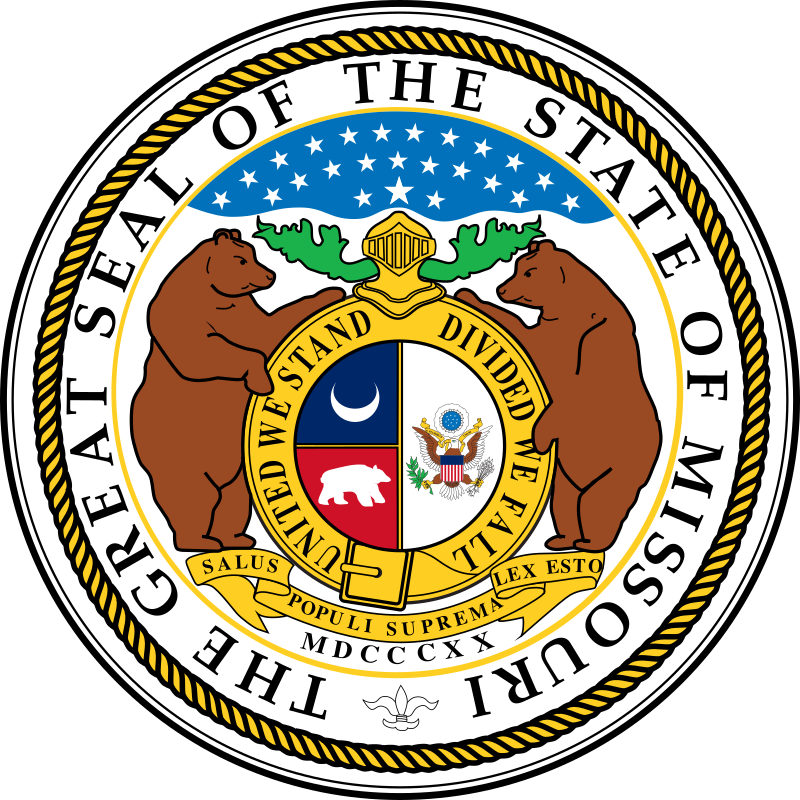The like-kind exchange is a powerful tax deferral tool. The Code Section that supports it – 1031 – is one of the few Code sections, like 501(c)(3) and 401(k), that have worked their way into the vocabulary of people other than tax geeks. Although the like-kind exchange is used heavily in real estate, there are other applications since 1031 applies to most property used in a trade or business or held for the production of income. One example is corporate jets. Even if they don’t appreciate, they hold their value a lot better than the cost recovery deductions that are allowed would indicate so selling one jet to buy a new one can cause significant ordinary gain recognition.
Notwithstanding any other provisions of law to the contrary, in any retail sale… where any article on which sales or use tax has been paid, credited, or otherwise satisfied or which was exempted or excluded from sales or use tax is taken in trade as a credit or part payment on the purchase price of the article being sold, the tax imposed by sections 144.020 and 144.440 shall be computed only on that portion of the purchase price which exceeds the actual allowance made for the article traded in or exchanged, if there is a bill of sale or other record showing the actual allowance made for the article traded in or exchanged
The word “trade” means “to give in exchange for another commodity.” The word “exchange” means “the act of giving or taking one thing in return for another,” or “the process of reciprocal transfer of ownership (as between persons).” A “trade,” then, requires that the parties each have title to or ownership of their respective items and then exchange them.
The Court describes the exemption created by § 144.025.1 as the “taken in trade” exemption. From there, it analyzed the transaction between the taxpayer and the other participants in it and concluded that the aircraft the taxpayer bought was not “taken in trade” for purposes of the statute because there was no exchange of aircraft, and therefore there was no trade.































































































